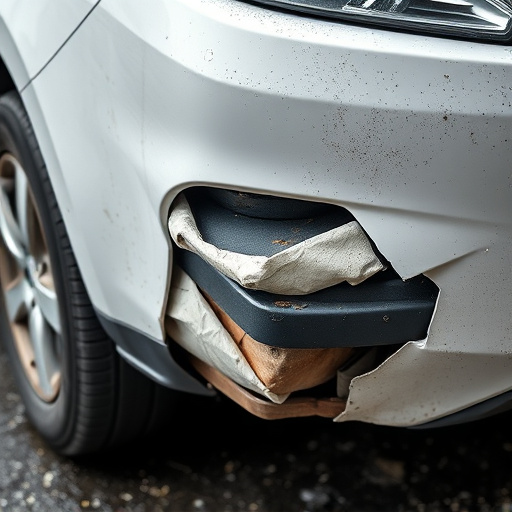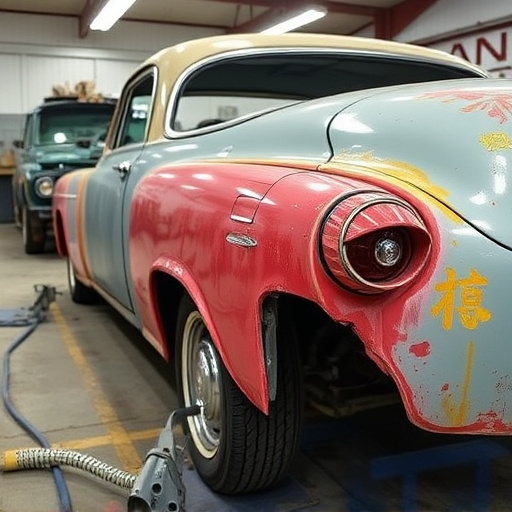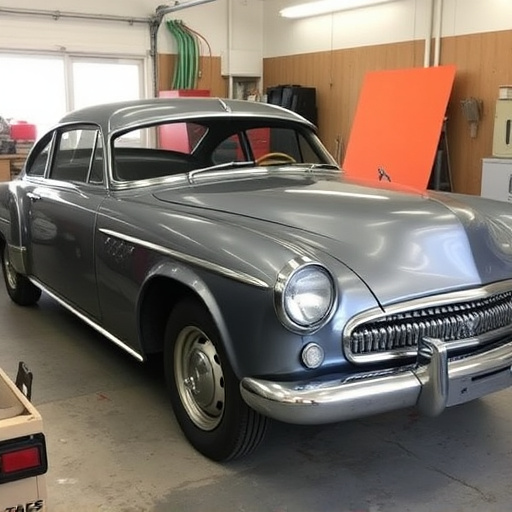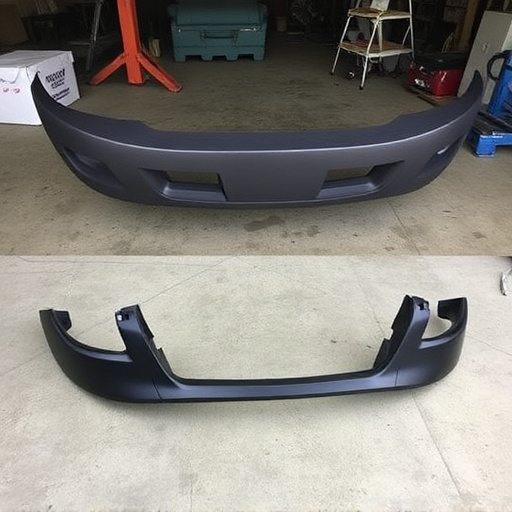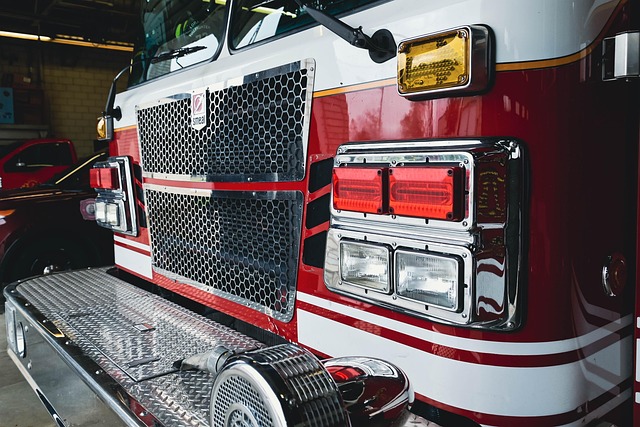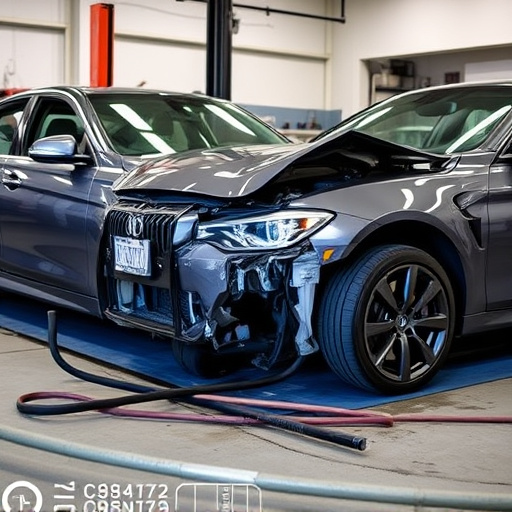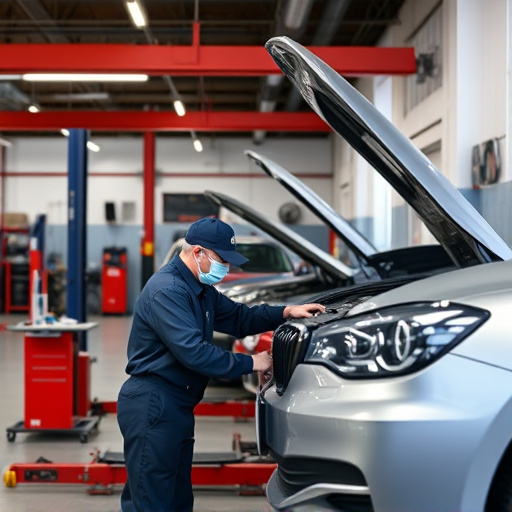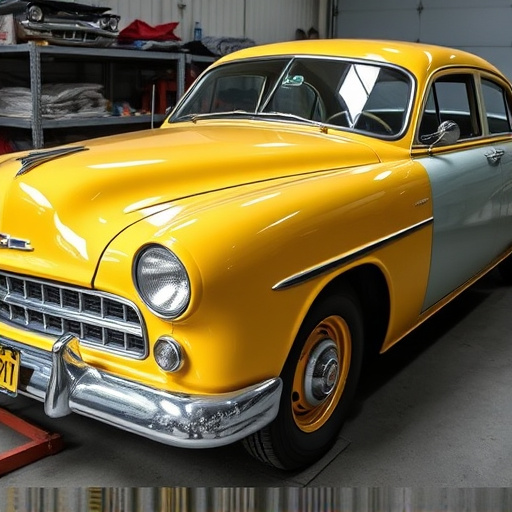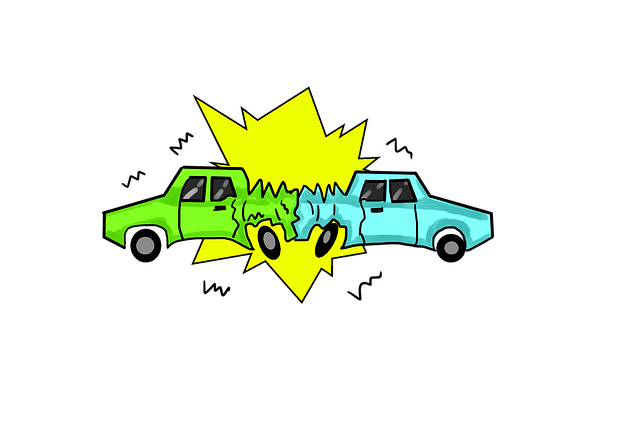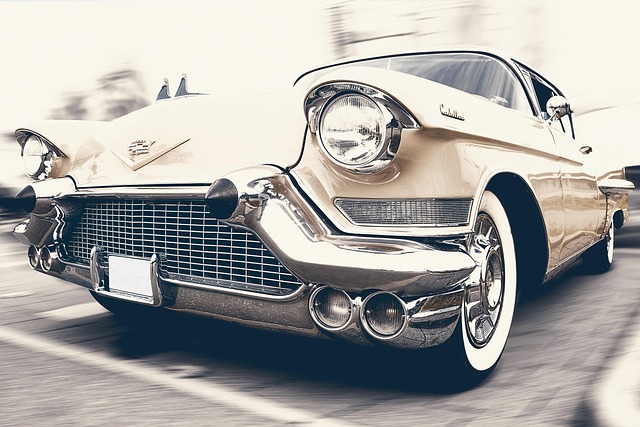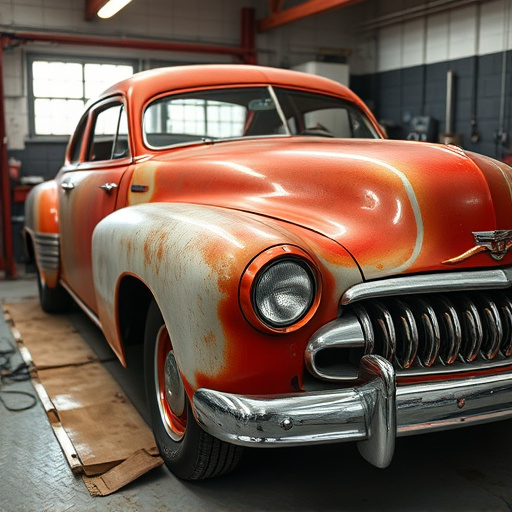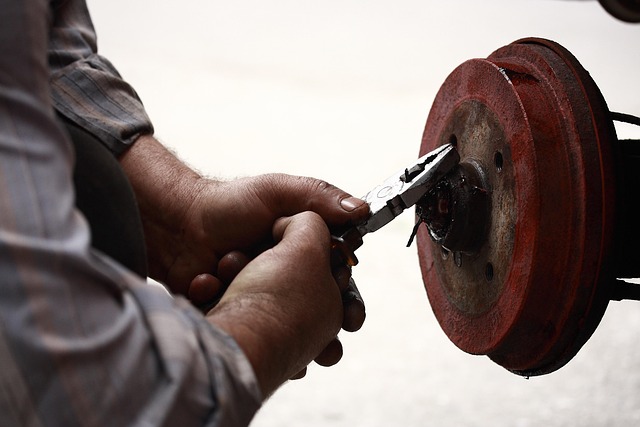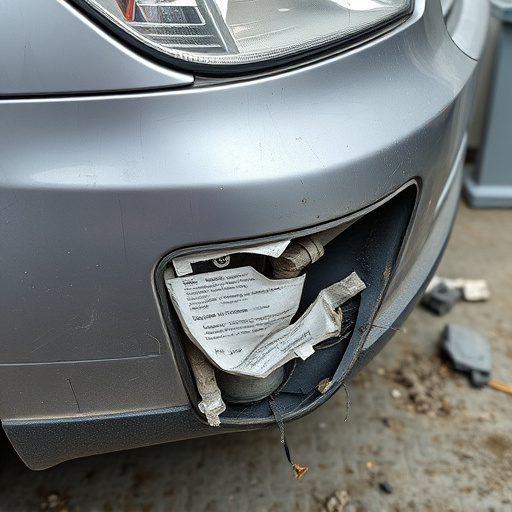Car body shop repair begins with a thorough assessment of damage, using visual inspection and diagnostic tools. Technicians create tailored repair plans, source authentic parts, and prepare them for use. For minor issues, specialized tools reshape panels; extensive damage may require substantial repairs or complete part replacement while preserving structural integrity. After collision repair, stringent quality control checks ensure precise restoration, including paint consistency, panel fit, and color accuracy, to match original specifications.
In any car body shop, repairing vehicles involves a meticulous process tailored to each unique damage scenario. This article breaks down the standard repair process into three key stages: Assessing Damage and Creating a Repair Plan, Parts Acquisition and Preparation, and Restoration and Quality Control Checks. Understanding these steps is essential for both car owners seeking repairs and professionals aiming to enhance their automotive restoration skills in a competitive market.
- Assessing Damage and Creating a Repair Plan
- Parts Acquisition and Preparation
- Restoration and Quality Control Checks
Assessing Damage and Creating a Repair Plan
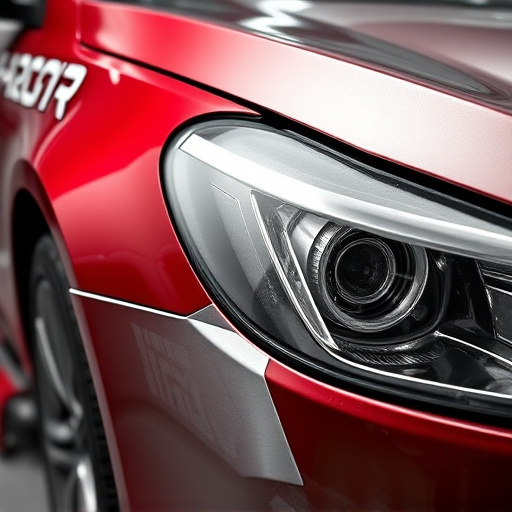
After a collision or incident, the first step in any car body shop repair process is a thorough assessment of the damage. Skilled technicians meticulously inspect the vehicle, noting every dent, scratch, and structural deformity. This involves visually examining the exterior panels, chassis, and other components to identify both visible and hidden damage. Advanced diagnostic tools may also be employed to pinpoint issues that aren’t immediately apparent.
Once the damage is thoroughly understood, a repair plan is created. This involves determining which parts require replacement (like fenders or doors) and which can be repaired (such as dents and scratches). The car body shop will also consider the most effective and efficient methods for each type of repair, whether it’s straightforward car dent repair, more complex bodywork services, or automotive collision repair. Every decision is made with the ultimate goal of restoring the vehicle to its pre-accident condition, ensuring both safety and aesthetic appeal.
Parts Acquisition and Preparation
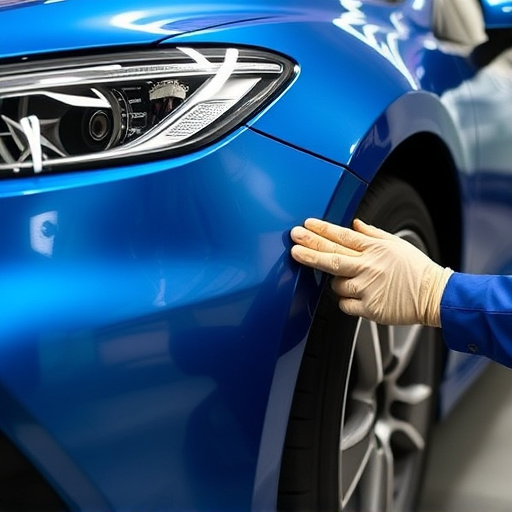
Once a car arrives at the body shop, the first step in the repair process is parts acquisition and preparation. Skilled technicians will assess the damage and create a detailed estimate, identifying which parts need to be replaced or repaired. They then source authentic, high-quality auto parts, ensuring they match the make and model of the vehicle precisely. This meticulous approach guarantees that every component, from body panels to trim pieces, is up to the same industry standards as the original equipment.
Proper preparation of these parts is crucial before any repair or painting begins. This includes degreasing, sanding, and cleaning to remove any dirt, oil, or previous residue. For scratch repair or minor dents, technicians might use specialized tools to reshape the panel, ensuring a seamless finish when reassembled. In a collision repair center, where extensive damage is common, parts may require more substantial repairs or even complete replacement, all done with precision and care to maintain the vehicle’s structural integrity.
Restoration and Quality Control Checks
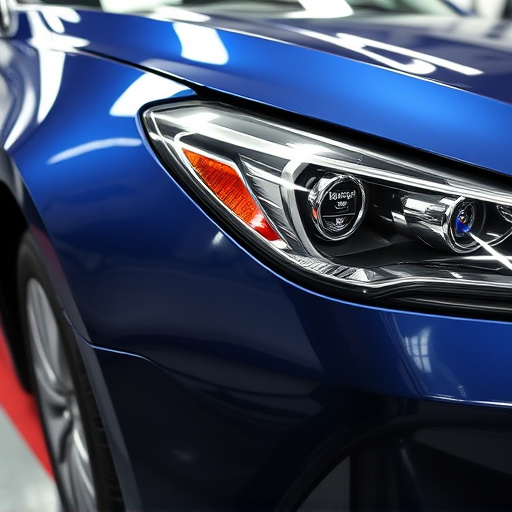
After the car body has been restored to its original state, meticulous quality control checks are conducted by skilled technicians. This step is vital in ensuring that every dent, scratch, and deformity caused by collision damage repair has been accurately addressed. Using specialized tools and techniques, such as paint matching and panel alignment, they inspect the vehicle’s exterior and interior for any signs of imperfections.
Restoration quality control involves rigorous testing to match the repaired car body with its original specifications. This includes checking paint consistency, ensuring proper panel fit, and verifying color accuracy. By implementing these comprehensive checks, a reputable car body shop guarantees that customers receive high-quality vehicle repair services, restoring their cars to pre-accident condition without any visible discrepancies.
In the realm of car body shop repairs, a structured process ensures optimal vehicle restoration. From initial damage assessment and strategic planning to acquiring parts and meticulous preparation, each step is pivotal. Ultimately, rigorous restoration and quality control checks guarantee that the repaired car meets high standards, restoring both its aesthetic appeal and structural integrity. These steps are not merely procedural; they’re the cornerstone of a professional car body shop’s commitment to excellence.
